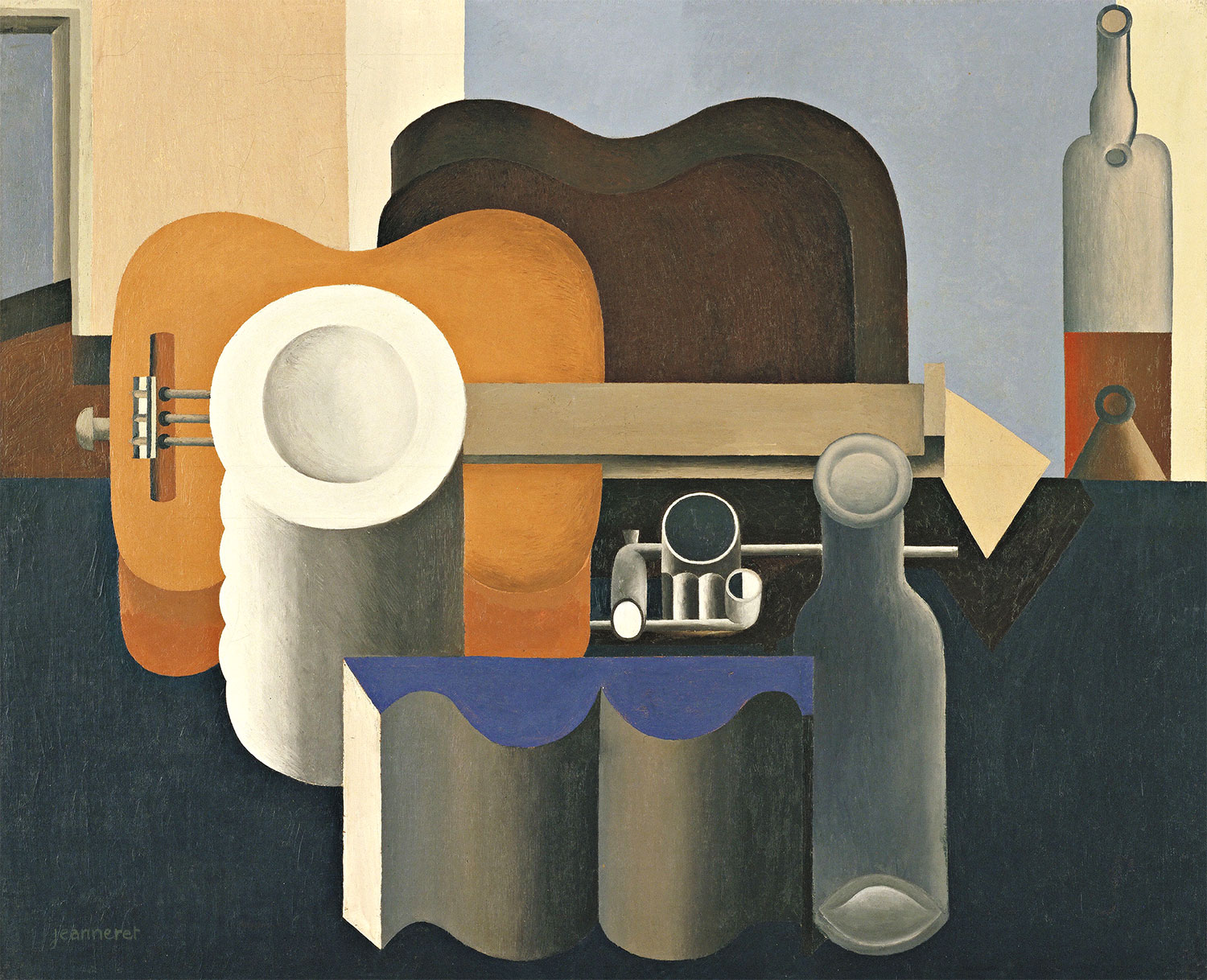
MOVE is a festival which lies at the intersection of dance, performance and moving image, organised every year at Centre Pompidou. It offers a moment of reflection and creation revolving around the presentation and exhibition of performance, on a theme serving as a focus throughout the entire festival.
This fourth edition examines the notion of vulnerability, experienced by human beings through their bodies especially, whether it is caused by living and working settings or socio-economic devices, within our contemporary societies. Disabled or ageing bodies which do not fit in with the neoliberal tenet celebrating powerful, productive bodies, bodies that defy binary mode, transgender bodies that are often attacked and despised, threatened racialised bodies…
How do we perceive these vulnerable bodies and the people they represent? We will be looking at their capacity for resistance and resilience, their emancipation from norms and stares, and their power of action.
By bringing to light these bodies that might be considered as “failing” and whose vulnerability permeates every element
of their lives, MOVE questions binary categories such as able-bodied/disabled. It explores different paths and strategies available to those who are confronted with these situations. It is then, according to Raimund Hoghe, quoting Pasolini, a matter of “throwing your body into the fight”*.
The German choreographer is the subject of a Vidéodanse focus, presenting a selection of his work.
Questioning the notion of vulnerability also leads to wondering about all living bodies. US philosopher Judith Butler discussed the fragility of existence affecting each one of us. She wrote that the «body implies mortality, vulnerability, agency: the skin and the flesh expose us to the gaze of others, but also to touch, and to violence»**. The sombre events of the past months serve as a reminder to us of the sheer fragility of our existence and that we are but a breath away from the tipping point
into bodily vulnerability. Yet these same vulnerable bodies are often those on the front line, facing up to these crises with the terrible knowledge that the very validity of their existence is in danger.
A highlight of the 2020 edition, artist Cécile B. Evans proposes a powerful re-adaptation of Giselle’s classical ballet,
an emblematic work of 19th-century corseted academism. Through the visual force of her graphic creations and performances, Nora Turato evokes the anxiety and agitation of our contemporary lives and reveals our fragility and doubts. In her performances, body and voice are at the forefront, demonstrating inhabitual energy to represent a «strong» female figure who has no qualms about speaking up and saying what she thinks.
Rory Pilgrim explores the links between technology, disability and care and uses the image of the garden both as a place
of care and as a political framework. Vidéodanse focuses on German choreographer Raimund Hoghe who has often adopted an approach using his own, non-standard, imperfect body that’s light years from the ideal revered in both ballet and contemporary dance. The selection of films also presents choreographer Lisa Bufano, as well as Anna Halprin and Alain Buffard’s work on illness and the elderly.
A programme of indoor performances features Sorour Darabi, Pauline L. Boulba, Rory Pilgrim, Ndayé Kouagou and Christelle Oyiri, taking the theme further respectively using commemorative Shiite rituals and the representation of emotions, encounters and intimate revelations, caring, the reception of queer and minority theory and the question of rest that
is essential to the vulnerable.
– Caroline Ferreira, Artistic direction


